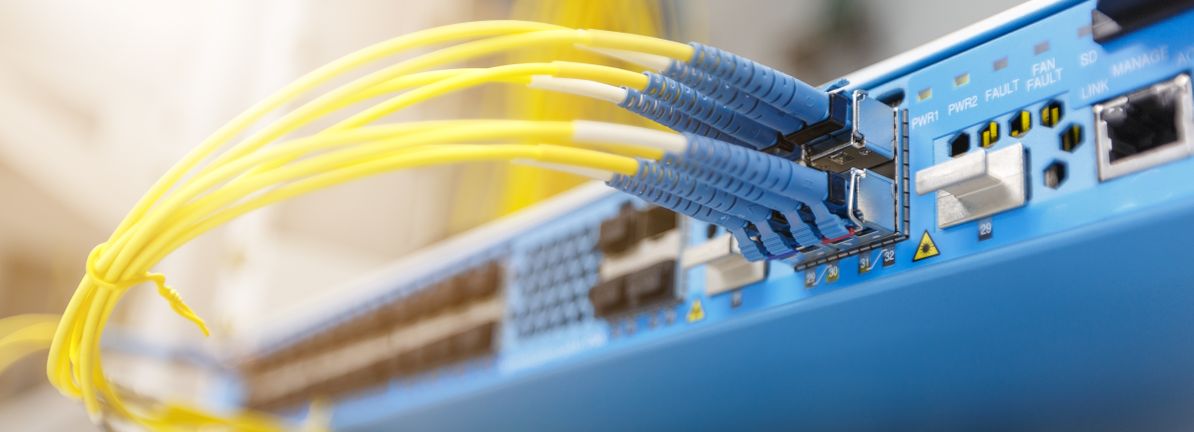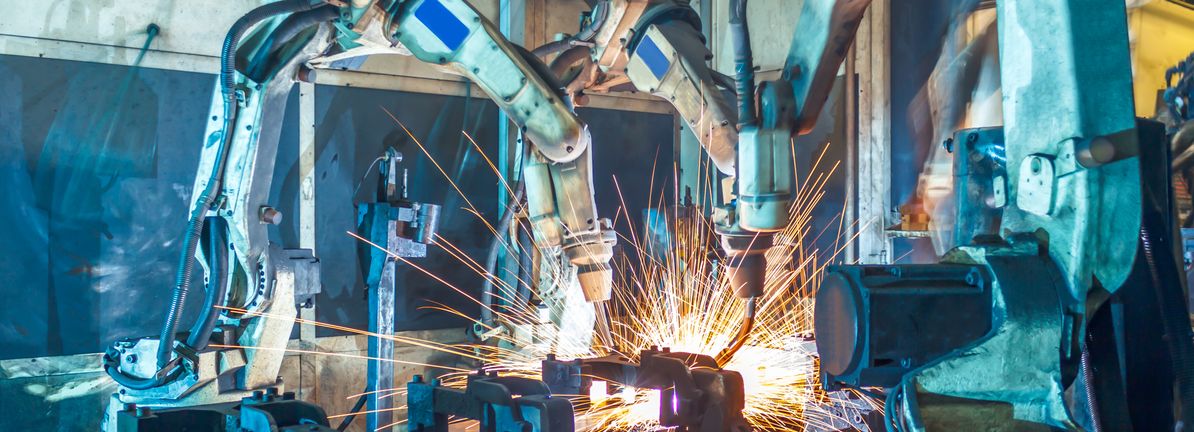Onto Innovation (ONTO) just released updated guidance for its upcoming quarter, projecting revenue between $250 million and $265 million. This follows a period in which quarterly sales and earnings dipped compared to last year. Industry watchers remain upbeat about the company’s future prospects.
See our latest analysis for Onto Innovation.
Onto Innovation’s shares have rebounded sharply in recent weeks, rising over 35% on a 90-day share price return, helped by renewed optimism in memory-related end markets and a technical “Golden Cross” that has caught traders’ attention. However, the stock is still working its way back from a tough year, with a 1-year total shareholder return down nearly 21%. Its impressive 64% three-year and 243% five-year total shareholder returns highlight its long-term growth potential as momentum builds again.
If Onto’s comeback has you searching for other strong growth stories, now is the perfect time to see what you might uncover with fast growing stocks with high insider ownership.
With analyst price targets raised and optimism growing around Onto Innovation’s positioning in memory markets, the big question remains: is the recent rally the start of a new uptrend, or is future growth already baked into the price?
With Onto Innovation closing at $139.09 and the most popular narrative assigning a fair value of $149.38, the stage is set for a debate around what catalysts and growth assumptions support this premium target.
The accelerating adoption of AI packaging and advanced 2.5D/3D logic architectures is driving a major step up in demand for Onto Innovation’s next-generation Dragonfly systems. Strong customer pull and new applications are expanding both revenue and potential gross margin through higher ASPs and increased market share within leading-edge chip production.
Read the complete narrative.
What powers Onto’s premium valuation? The narrative hinges on breakthrough demand from disruptive chip architectures and profit margins that rivals envy. Craving the details behind these projections? Discover which aggressive growth forecasts shape this ambitious fair value.
Result: Fair Value of $149.38 (UNDERVALUED)
Have a read of the narrative in full and understand what’s behind the forecasts.
However, a delay in memory market recovery or unexpected integration challenges with acquisitions could quickly change the outlook and put pressure on Onto’s projected growth story.
Find out about the key risks to this Onto Innovation narrative.
While the fair value suggests Onto Innovation is undervalued, taking a look at its earnings multiple reveals a mixed picture. The company trades on a price-to-earnings ratio of 38.9x, which is higher than both the semiconductor industry average of 35.6x and its own fair ratio of 34.8x. This premium could signal investor confidence in future growth or heightened risk if expectations are not met. Does the market know something the models do not?








